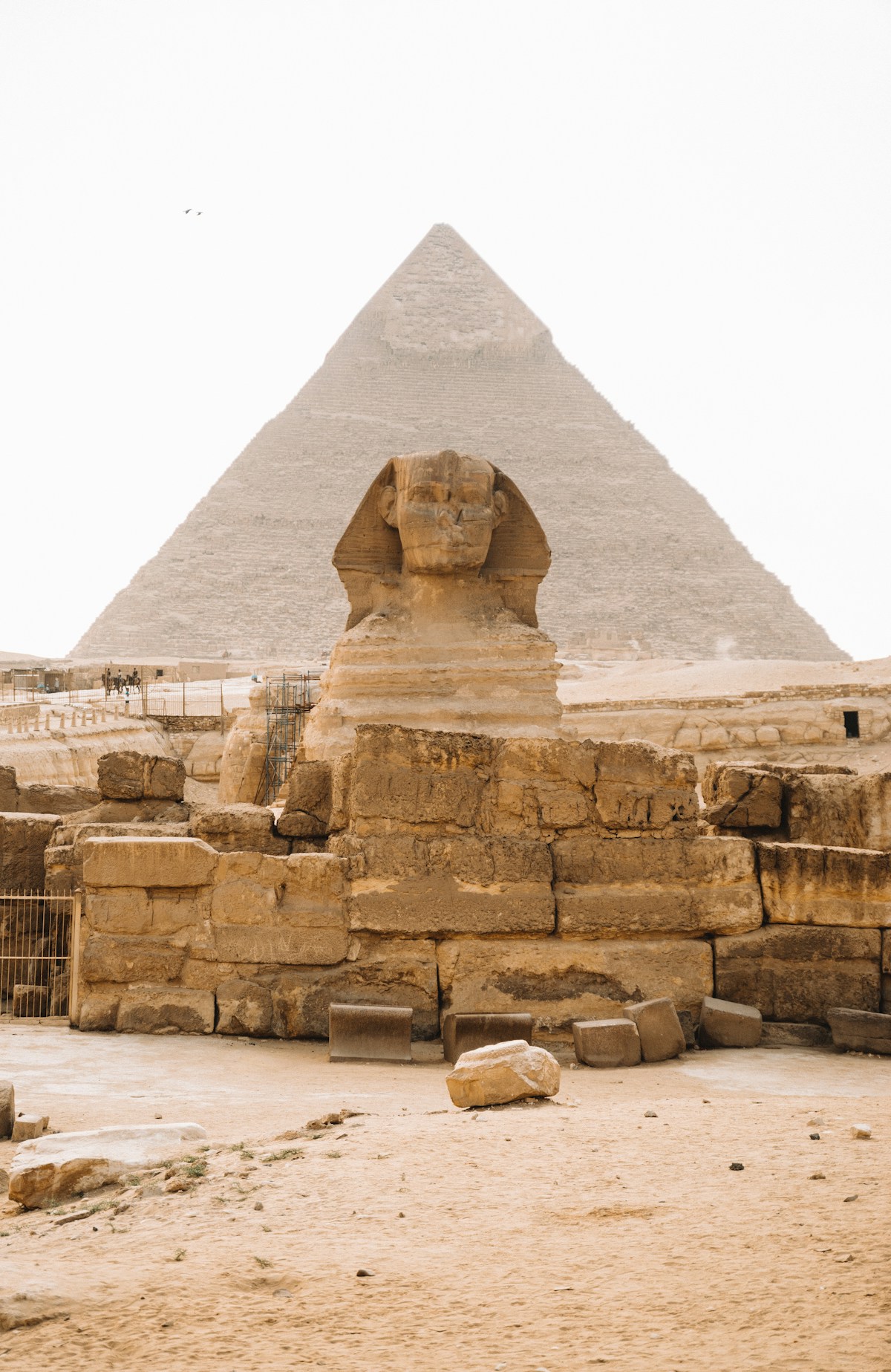In a significant victory for cultural heritage preservation, Egypt has successfully repatriated 36 ancient artifacts that were illegally smuggled out of the country and recovered from the United States. The Ministry of Tourism and Antiquities announced this achievement on Thursday, marking another milestone in Egypt's ongoing efforts to reclaim its stolen treasures and protect its archaeological legacy for future generations.
The Recovery Operation: Three Groups of Precious Artifacts
The repatriation effort represents years of diplomatic cooperation between Egyptian and American authorities, demonstrating the growing global commitment to combating the illicit trafficking of cultural property. According to Nevine El-Aref, media adviser for Egypt's Ministry of Tourism and Antiquities, the artifacts were handed over by U.S. authorities to the Egyptian Embassy and arrived in Egypt approximately two weeks ago.

The recovered items were divided into three distinct groups, each representing different periods of ancient Egyptian history and recovered through separate channels:
First Group: Artifacts from the New York Attorney General's Office
The first collection comprises 11 significant pieces confiscated by the New York State Attorney General's office and handed over to the Egyptian Consulate in New York. Among the most notable items is a remarkable mummy burial mask belonging to a young man from the Roman era, offering invaluable insights into ancient Egyptian funerary practices during Roman occupation.
Also included in this group is a unique vessel shaped like Bes, the dwarf god of childbirth and protection in ancient Egyptian mythology, and a limestone funerary stela featuring inscriptions from the Roman period. These artifacts were recovered through multiple criminal investigations conducted by Manhattan District Attorney Alvin L. Bragg Jr.'s office.
In May 2025, the Manhattan District Attorney's office had announced the return of these 11 antiquities, with Bragg stating: "Eleven more priceless antiquities have now been recovered and returned to where they rightfully belong. None of this work is possible without the dedication and commitment of our team."
Second Group: Rare Manuscripts from the Metropolitan Museum of Art
The second group represents an extraordinary collection of 24 rare manuscripts featuring ancient Coptic and Syriac texts. These invaluable documents were voluntarily returned by the Metropolitan Museum of Art to the Egyptian Consulate in New York as a gesture of goodwill and cultural cooperation.

The manuscripts provide crucial evidence of Egypt's rich linguistic and religious history, particularly during the early Christian period when Coptic communities thrived along the Nile Valley. Their return fills important gaps in scholarly understanding of ancient Egyptian religious texts and early Christian literature.
Third Group: An 18th Dynasty Masterpiece
The third recovered item is a stunning painted plaster relief panel dating back to the 18th Dynasty, approximately 3,000 years ago. This artifact was confiscated by New York State Attorney General's office after investigations proved it had been illegally removed from Egypt.
The 18th Dynasty, which produced legendary pharaohs including Tutankhamun, Hatshepsut, and Akhenaten, represents one of the most prosperous and culturally significant periods in ancient Egyptian history. This relief panel offers valuable artistic evidence from this golden age of Egyptian civilization.
Egypt's Commitment to Cultural Heritage Protection
Minister of Tourism and Antiquities Sherif Fathy described the repatriation as "a testament to Egypt's unwavering resolve to protect its cultural identity and reclaim its stolen heritage." He emphasized that this success reflects growing international awareness about the importance of combating cultural property theft and preserving humanity's shared heritage.

Mohamed Ismail Khaled, Secretary General of the Supreme Council of Antiquities, highlighted that this recovery is part of Egypt's broader, systematic approach to antiquities restitution. "These artefacts are not mere relics of the past," he stated, "but living witnesses to a civilisation that shaped human history. Their return is the culmination of years of scientific, legal, and diplomatic work."
The Battle Against Antiquities Smuggling
Egypt faces an ongoing challenge in combating the illegal smuggling and sale of its ancient treasures on international black markets. Egyptian officials continuously monitor internet platforms and online auction sites to detect illegally smuggled artifacts. When items are identified, authorities collaborate with international partners to facilitate their return.
Nevine El-Aref emphasized the significance of every recovered piece, telling CBS News: "Any artifact that belongs to Egypt's heritage is important. Even if it's a small stone, it is important to bring it back to Egypt, where it belongs. It is very important for Egypt to preserve its archaeological heritage and its history and pass it on to the next generations."
International Cooperation: A Growing Trend
This successful repatriation is part of a larger international movement toward cultural heritage justice. The recovery was made possible through the Memorandum of Understanding signed between Egypt and the United States regarding the protection and repatriation of antiquities, demonstrating how bilateral agreements can effectively combat cultural property crimes.

Just days before this announcement, the Netherlands Prime Minister announced that his country would return a stolen 3,500-year-old sculpture to Egypt following his attendance at the Grand Egyptian Museum's official opening ceremony on November 1, 2025. This timing underscores the renewed global focus on repatriating cultural artifacts to their countries of origin.
What Happens to the Recovered Artifacts?
A specialized archaeological committee from the Supreme Council of Antiquities has received the recovered objects. The artifacts will be transferred to the Egyptian Museum in Tahrir Square in central Cairo, where they will undergo restoration work before being displayed to the public according to the museum's exhibition plan.
Shaaban Abdel Gawad, Director General of the Department of Repatriated Antiquities, confirmed that the pieces will enrich the museum's collections and contribute to Egypt's ongoing efforts to educate the public about the nation's extraordinary ancient heritage.
Frequently Asked Questions
How were these artifacts smuggled out of Egypt?
While specific smuggling methods vary, these artifacts were illegally removed from Egypt over different time periods. Many were likely stolen during archaeological excavations or from storage facilities, then sold through black market networks to collectors and dealers in the United States.
What is the historical significance of these recovered items?
The artifacts span multiple periods of Egyptian history, from the 18th Dynasty (approximately 3,000 years ago) to the Roman era. They include funerary items, religious objects, and rare manuscripts that provide invaluable insights into ancient Egyptian culture, religion, and daily life.
How does Egypt track down stolen artifacts?
Egyptian officials continuously monitor internet platforms, online auction sites, and international art markets for illegally smuggled items. When artifacts are identified, they work with authorities worldwide through bilateral agreements and international conventions to facilitate their return.
Where will these artifacts be displayed?
The recovered artifacts will be transferred to the Egyptian Museum in Tahrir Square in Cairo. After undergoing restoration, they will be displayed to the public according to the museum's exhibition plan, allowing both Egyptians and international visitors to appreciate these treasures.
Are there more stolen Egyptian artifacts still abroad?
Yes, numerous Egyptian artifacts remain in museums, private collections, and black markets around the world. Egypt continues its diplomatic and legal efforts to identify and repatriate these items, working with international partners to bring them home.
Looking Forward: Egypt's Cultural Diplomacy
Minister Fathy reaffirmed that Egypt will continue its international efforts to retrieve every smuggled artifact, emphasizing that such cooperation enhances Egypt's reputation as a leader in cultural diplomacy and heritage preservation. This latest success demonstrates that persistent diplomatic engagement, combined with legal frameworks and international cooperation, can effectively combat the illegal trade in cultural property.
The recovery of these 36 artifacts represents more than just the physical return of stolen objects—it symbolizes a growing global recognition that cultural heritage belongs to all humanity and must be protected, preserved, and returned to its rightful home. As Egypt continues to reclaim its stolen past, these efforts ensure that future generations can connect with the remarkable civilization that flourished along the Nile thousands of years ago.
Help preserve cultural heritage. Share this story to raise awareness about the importance of protecting ancient artifacts and supporting repatriation efforts.
.jpeg)